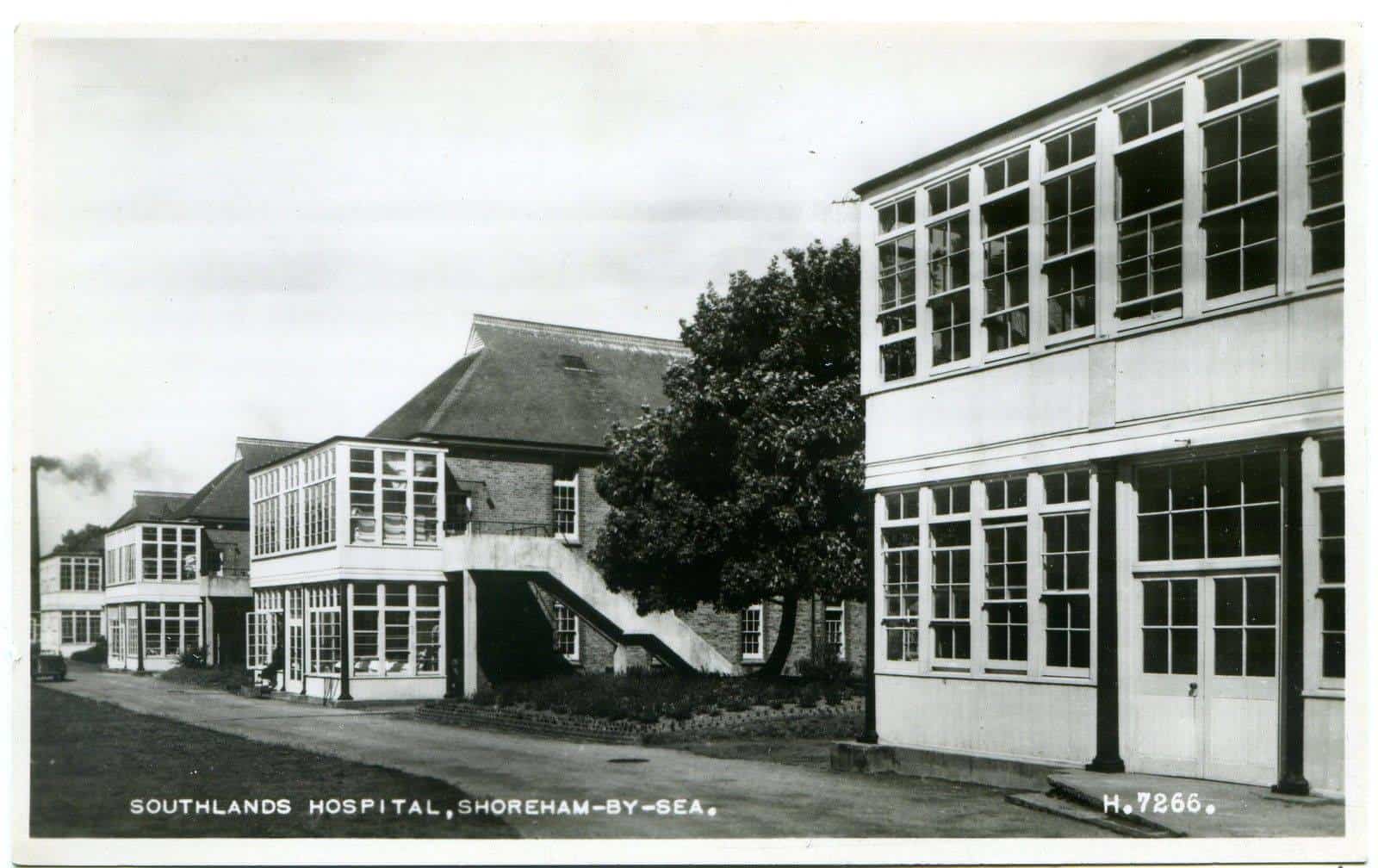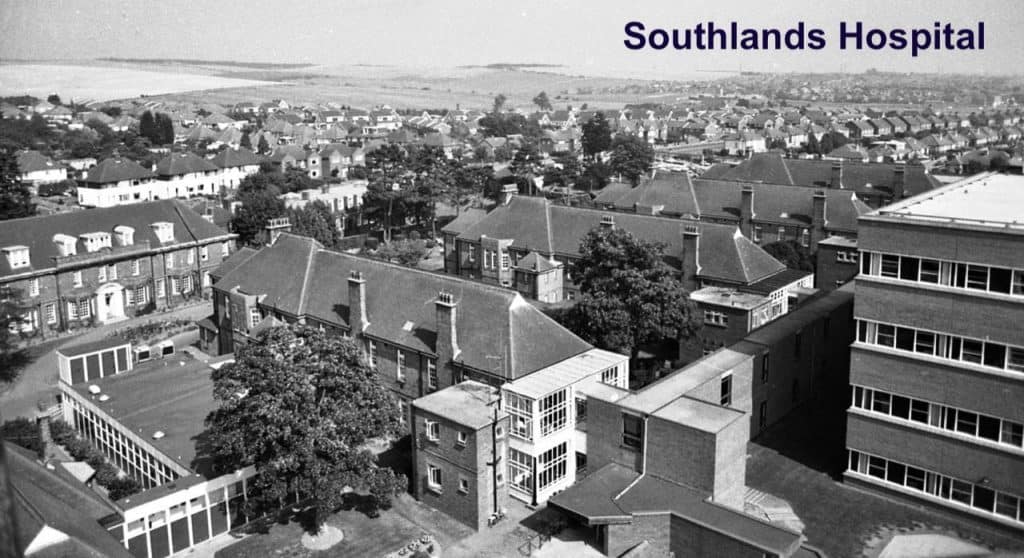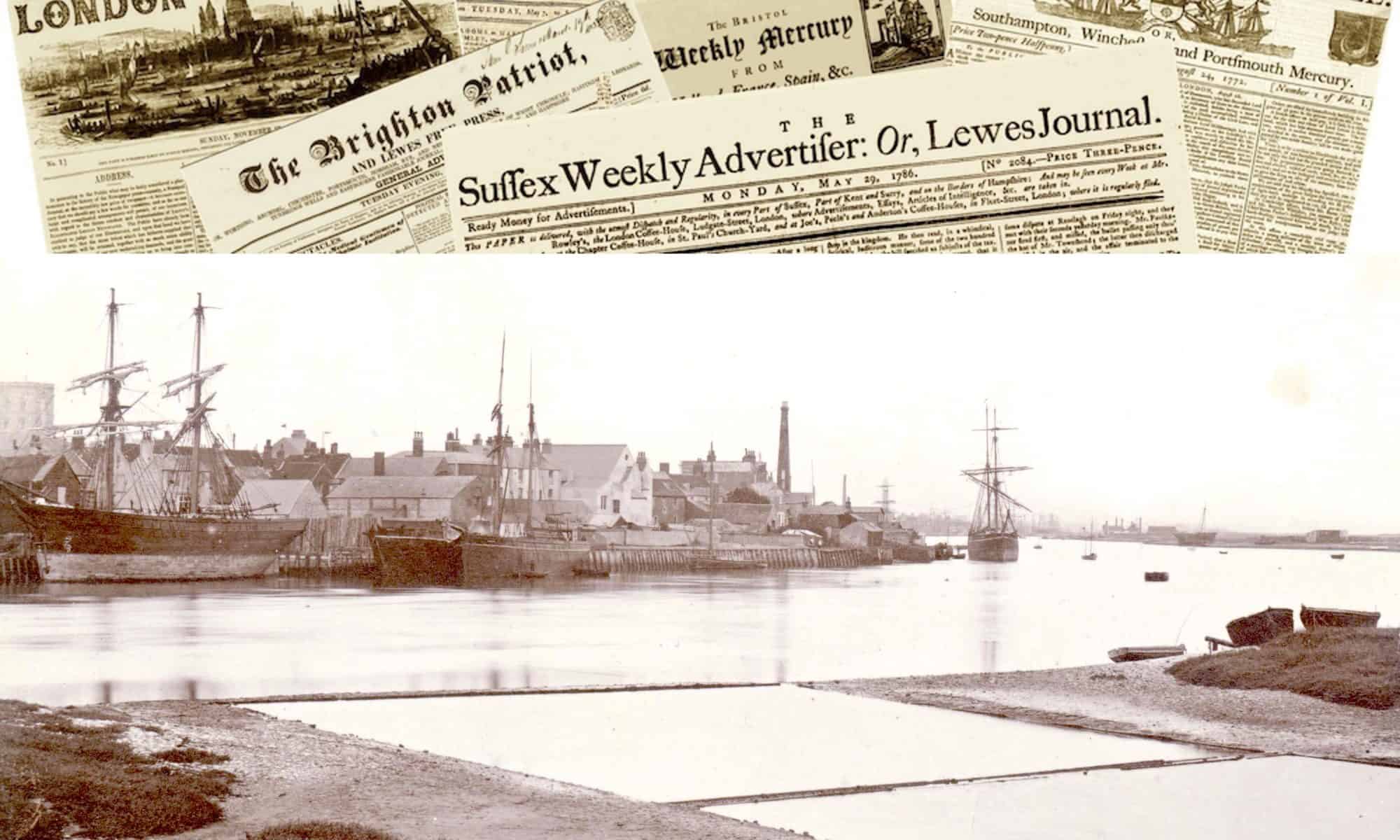Published in 1921 this is a copy of the definitive history of Shoreham-by-Sea written by local historian Henry Cheal, Hon. Curator and Librarian to the Sussex Archaeological Society. This PDF version is as provided by shoreham.adur.org.uk.
Southlands – Workhouse and Hospital
Southlands Hospital – brief history
Southlands Hospital’s origin can be traced to the Steyning Union Workhouse that was built in a different location, at Ham Road, in central Shoreham in 1836. Later additions included infirmaries built in 1870, vagrant’s wards and a chapel. The union included parishes in East and West Sussex and the growth of population in its coastal areas meant that, despite much additional building, an enlarged site was required by the 1890s.
Continue reading “Southlands – Workhouse and Hospital”Life in 18th and 19th Century Shoreham
Newspaper Reports continued 24:-
Finally, a scatty but hilarious report concerned the farcical 1849 election of an unopposed Lord Lennox, the only candidate for the Rape of Bramber that year. Sparsely attended due to a bitter, northerly wind on that December day and conducted in East Street near the south-east entrance to the churchyard. It included Lennox, John Shelley (the deceased poet Percy Bysshe Shelley’s brother), an ancient town crier who hardly had the strength to shout and a heckling, anti-Lennox, one-eyed fisherman waving a kipper! Wonderful stuff!
Life in 18th and 19th Century Shoreham
Newspaper Reports continued 23:-
Humour though did emerge from time to time. One report (1831) mentioned an Irishman who on passing the signboard of the Sussex Pad inn exclaimed ‘Sure now, I’ll be after getting me a pint of beer here for the honour of ould Ireland for it’s the only place in England that says Success to Pat!’ On another occasion (1842) a churchgoing woman not blessed with spelling and punctuation skills whose husband was going to sea passed a prayer for his wellbeing to the St. Mary’s vicar that read ‘A man going to see his wife desires the prayers of this congregation’ which when read out ‘set the congregation in all of a titter.’
Life in 18th and 19th Century Shoreham
Newspaper Reports continued 22:-
In 1826 a Shoreham oyster merchant demonstrated a great deal of ingenuity in solving one particular crime. Owner of one of the oyster beds in the river that had suffered a series of thefts of his stock he suspected a fellow trader. At low tide he wrote his name on a number of scraps of paper, inserted them between the half open shells that the oysters instantly closed. Next day he purchased and opened oysters from the suspected man, found the scraps with his name and the man was arrested.
Life in 18th and 19th Century Shoreham
Newspaper Reports continued 21:-
Shoreham’s home-grown justice was also used for other offences. In 1799 the miller at Southwick windmill was prosecuted for selling flour deficient by 5lbs in the hundredweight. This so incensed the populace at Shoreham (to whom he apparently sold his flour) that they ‘exhibited the miller in effigy about the streets’ then burnt it on a bonfire. Another man was known to have ill-treated his wife (1848) so some 200 townsfolk paraded through town carrying an effigy of the offender on a pole ‘chanting some doggerel rhyme,’ marched to his house in the High Street, let off fireworks and burnt his effigy in front of him.
Life in 18th and 19th Century Shoreham
Newspaper Reports continued 20:-
In 1853 following three break-ins to his Buckingham House residence and expecting another, Harry Colville Bridger had his servants lie in wait at night with guns. When the burglar returned for the fourth time he was shot dead – the court returned a verdict of justifiable homicide.
Life in 18th and 19th Century Shoreham
Newspaper Reports continued 19:-
Some things never change (1853 report)
Life in 18th and 19th Century Shoreham
Newspaper Reports continued 18:-
Punishment for criminal offences was very harsh. In Shoreham stocks were still being used for lesser offences well into the 19th century. The thief who stole goosebarries from Barruch Blaker’s garden was ordered to receive ‘a good whipping through Shoreham’ administered by the parish constable (1819); a number of months’ hard labour was the sentence for minor theft and other misdemeanours; John Hindess received six months hard labour for keeping a brothel (1842); John Banks was found guilty of stealing a cow (1823) and after attempting to escape across the river near the Pad was re-arrested and later executed; John Baldock of Shoreham also received the death penalty for burglary 1838; Charles Packett was convicted of stealing one of John Glazebrook’s sheep (1838) and sentenced to be transported to one of Australia’s harshly run penitentiaries for ten years – all this at the time an increasing number of emigrants had been voluntarily sailing from Shoreham for a new life in that country and Canada (1832).
Life in 18th and 19th Century Shoreham
Newspaper Reports continued 17:-
Hotmail is nothing new – this from the 1780’s











